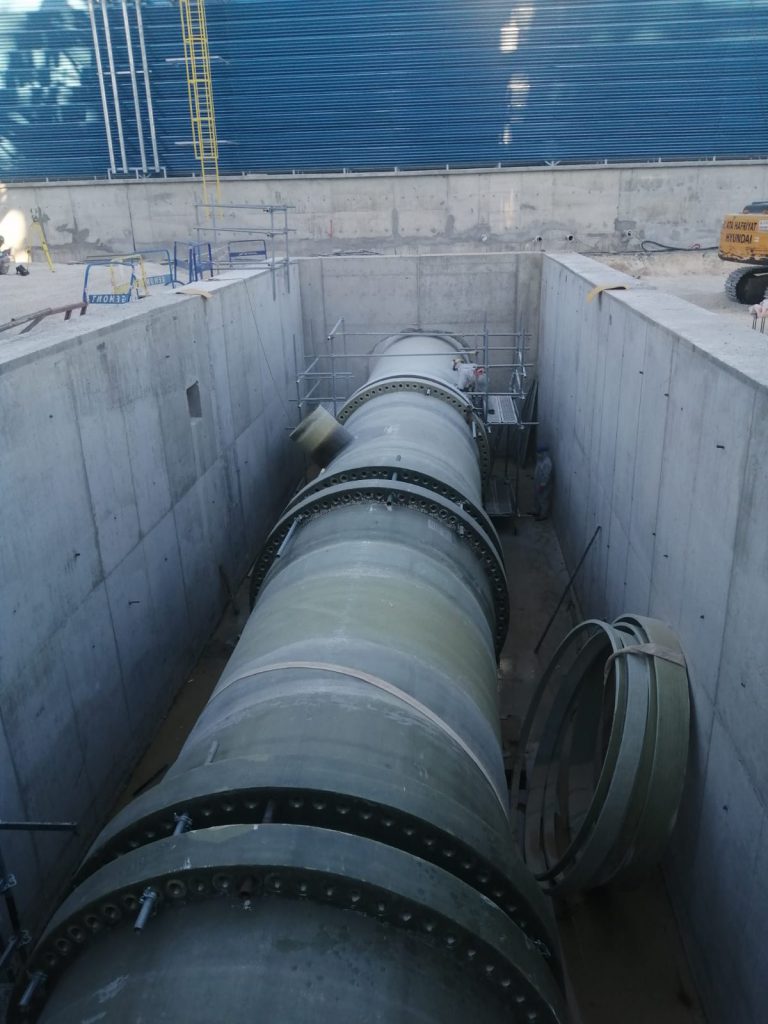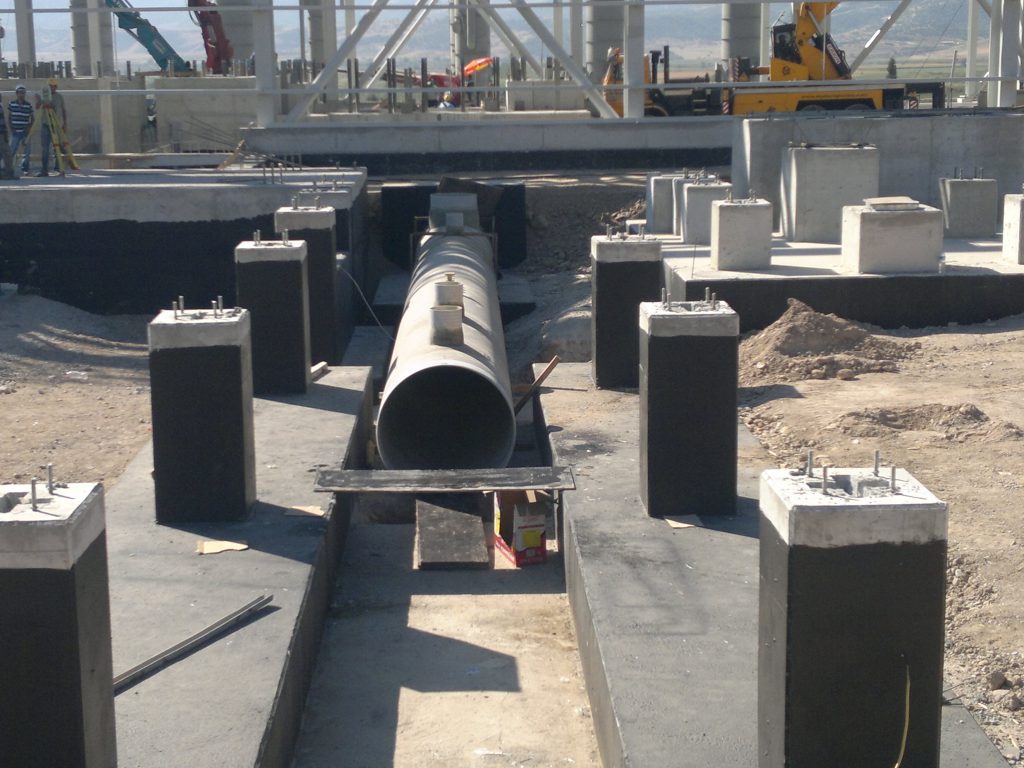GRP Pipe Installation: A Guide to Combining Durability and Performance
In infrastructure projects, the durability and long-term performance of pipelines is critical. In this context, GRP (Steel Reinforced Plastic) pipes offer an excellent option, combining durability, light weight and chemical resistance. However, GRP pipe installation requires the right approach to ensure healthy and reliable operation of pipelines. In this blog post, we will examine why GRP pipes are preferred and their advantages, before diving into the details of GRP pipe installation.


Advantages:
- Superior Durability: GRP pipes show superior resistance to environmental influences, chemicals and abrasion. This ensures the long-term use of pipelines and minimizes maintenance costs.
- Lightweight and Easy Portability: The lightweight construction of GRP pipes facilitates the installation process and reduces transportation costs. It also reduces labor costs during the installation of pipelines.
- Flexible Design Options: GRP pipes can be customized to suit the needs of different projects. They offer a flexible design with different diameters, bends and connections.
GRP pipe installation represents the key to durability and long-term performance in infrastructure projects. A correct installation process guarantees smooth operation of pipelines and cost savings. By properly planning and implementing GRP pipe installation for the success of your projects, you can ensure that your infrastructure projects are more durable and sustainable.


